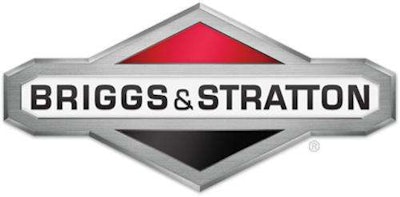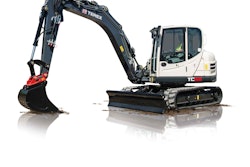

Here’s four spring time steps Briggs & Stratton recommends that apply to professionals as much as homeowners:
Change the oil in the push mower.
Engine oil needs to be changed annually for two reasons. Oil can be vulnerable to dirt and debris, which causes wear on the internal components of the engine. Regular use of the engine also causes the oil to heat up and break down.
Changing the oil can prevent damage and keep your engine running smoothly.
For easier, less messy oil changes, Briggs & Stratton says, it offers an oil-removal pump, which can be purchased online or from Briggs & Stratton dealers.
Remember, oil must be recycled properly. After removing old oil, be sure to add fresh oil as specified in your operator’s manual.
 Click here to see full size graphic.
Click here to see full size graphic.Replace the air filter.
Through regular use, the air filter collects dust and debris to prevent those contaminants from polluting the inside of the engine. The air filter must be replaced every three months, or after 25 hours of use, for continued engine protection.
To determine which air filter your mower needs, refer to your operator’s manual, search on briggsandstratton.com using the model number of your engine, or contact your local Briggs & Stratton dealer.
Replace the spark plug.
The use of an old spark plug can cause issues when starting your mower. It is important that you change the spark plug at the start of every mowing season, or after 100 hours of use, to maintain an easy start every time.
Fill with fresh gasoline; add fuel treatment.
Equipment owners too often forget this very important fourth step of the tune-up process.
Gasoline can go stale after as little as 30 days. Stale fuel contributes to gummed-up internal components, which causes hard starting. Additionally, the increase of ethanol-blended fuels (like E10) attracts moisture, which separates from the fuel, leading to rust and corrosion over time. This damage can affect carburetors, fuel lines and the overall performance of the engine.
To prevent these issues, Briggs & Stratton says, it’s a good rule of thumb to treat your fuel each time you fill your gasoline can. The company says its own brand of fuel treatment and stabilizer is designed to defend against the damaging effects of ethanol and help stabilize fuel for up to three years.










